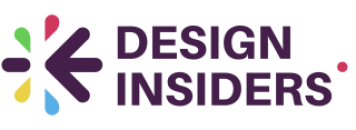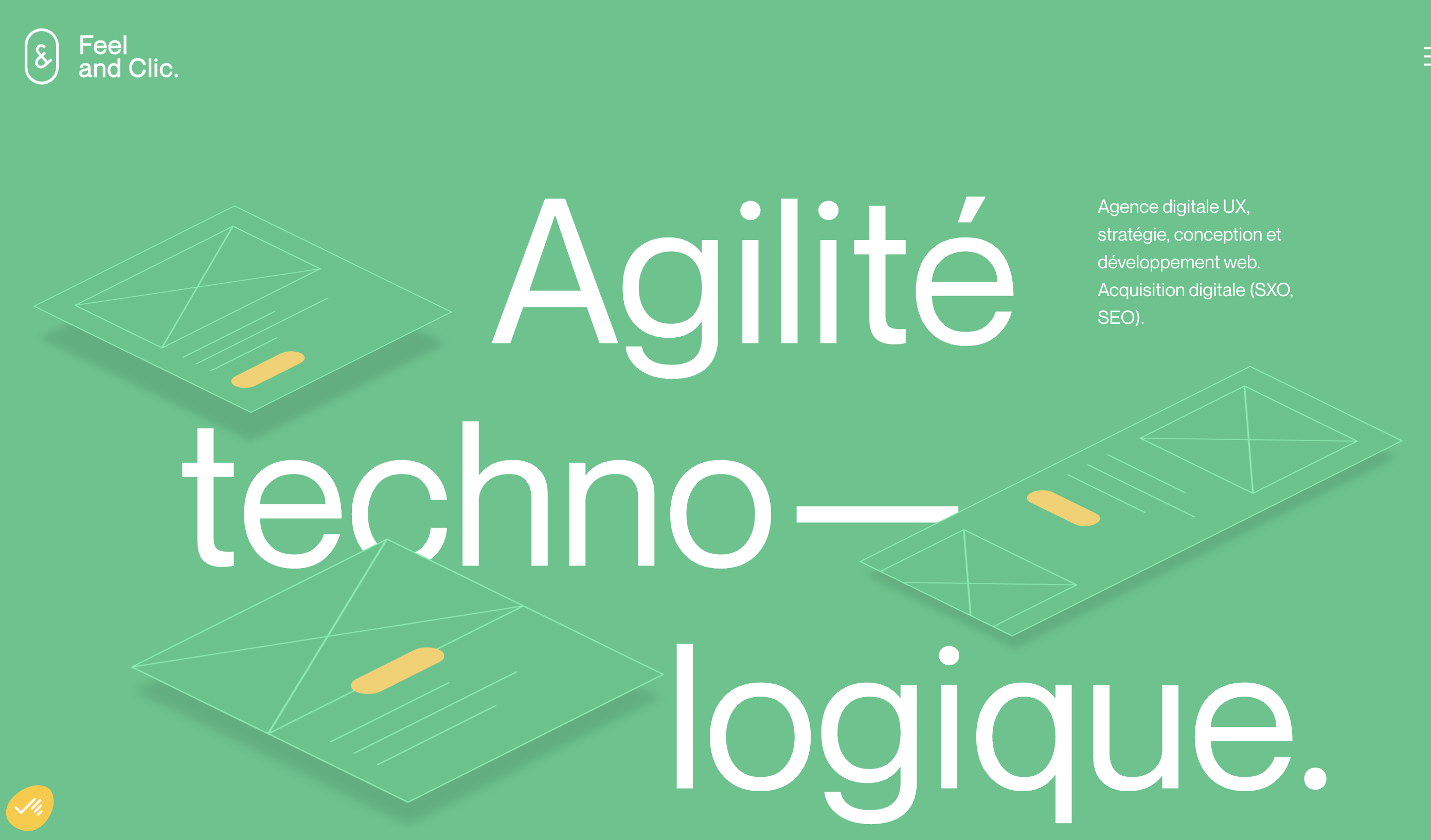
Understanding the Importance of Mobile App Icons
The Significance of First Impressions
The mobile app market is flooded with a multitude of options for users to download from app stores, making first impressions crucial. The app icon serves as the very first asset that a potential user interacts with, and just like judging a book by its cover, users often judge an app by its icon. Therefore, crafting the perfect app icon is not just an exercise in aesthetic design; it plays a vital role in enticing users to click, download, and ultimately engage with the application.
Key Influencer of Brand Recognition
An app icon is more than just an image or a logo; it is the face of your brand on mobile platforms like Android and iOS. When done well, it can significantly contribute to building brand recognition and establishing a lasting impression. The icon size, color scheme, and design elements must align with the overall branding strategy of the application. For instance, incorporating a consistent user experience through a carefully selected color palette helps create a cohesive brand image.
Critical for Differentiation
In a crowded marketplace, unique design attributes of an app icon can make your mobile app stand out. Consider how the selection of a rounded square, a distinctive background color, or the clever use of svg formats can add a visual edge. It is not only about looking good; it is about being memorable enough for users to recognize your app among a sea of others on their phone screens.
Setting the Stage for User Interaction
The app icon also sets the stage for user interaction by hinting at the app’s core functionality. Balancing the aesthetics and functionality of the icon design ensures that users have a clear understanding of what the app does even before they have opened it. This aspect of icon design directly ties to the app's usability and can influence user engagement.
Key Elements of Effective Icon Design
Essential Attributes for Creating Impactful Icons
Creating an effective app icon involves thoughtfully selecting several key attributes to ensure it stands out in the crowded digital space. An app's icon serves as the first interaction a user has with the application and often influences user experience, which is a critical aspect of mobile app design.
The size of the app icon is a pivotal factor. For instance, when designing an icon for the Android platform, specific attention should be given to the launcher icons, which typically appear as a rounded square on most devices. The icon size can vary depending on whether it’s for the action bar, notification area, or other locations within the interface. Adhering to Google's guidelines on icon android ensures that the icon maintains its intended impact across various devices.
A strategic selection of color can enhance an app icon's appeal significantly. The background color should complement the overall design while ensuring the icon is easily recognizable at a glance. Selecting a select color palette that contrasts well with the phone's screen can help capture user attention more effectively, enticing potential users to download the app.
- Simplicity and Clarity: Icons should be simple yet distinct. Overly complex designs can obscure the app's purpose, while clarity ensures users quickly understand the app's function.
- Consistency with Branding: Your app icon should be a reflection of your brand’s identity. Consistency across app icons, marketing materials, and digital presence fosters brand recognition.
- Universal Appeal: Consider the cultural context as it plays a significant role in how icons are perceived across different regions.
The format of the icon, be it SVG, PNG, or another icons format, also impacts the visual appeal and usability across different platforms. Using SVG can provide high scalability without loss of quality, which is essential for maintaining icon integrity across diverse asset displays.
Balancing these elements appropriately lays the base for creating app icons that not only enhance the app's aesthetic but also fulfill its functional role seamlessly.
Balancing Aesthetics and Functionality
Finding the Right Balance Between Functionality and Appearance
Designing a mobile app icon is like creating a visual handshake for your application. It must be both attractive and functional, capturing attention while conveying the core message of your app. Striking the right balance is crucial, especially when the icon serves as a significant asset for app recognition on platforms like Google Play and the App Store. To start, consider the icon size and formats—it needs to fit seamlessly into various ecosystems, from the large icons used on the app store to the smaller versions on the phone's action bar. Each of these contexts demands a thoughtful design approach, with icon android and ios specifications dictating the size and style. The aesthetic appeal of your icon lies in your choice of colors and forms. A mix of vibrant, distinct colors can make your app icons stand out on a crowded phone screen. Ensure the background color complements the icon image, enhancing its legibility without overpowering it. Opt for a rounded square shape as it's often the base for many successful launcher icons. On the functionality side, your app mobile icon should quickly communicate the app's purpose. This is where understanding the core attribute of your app plays a pivotal role. A shopping app might integrate a cart in its design, while a social media app might leverage a chat bubble or phone icon. Your design decisions here should align with the app's intent, aiding users in recognizing your application quickly. Moreover, don't forget to consider the cultural context when selecting your designs. Icons may convey different meanings across countries, so it's key to test for cultural resonance. If you wish to delve deeper into the relevance of cultural nuances, consider exploring resources on design and user experience reciprocity. In conclusion, a well-designed mobile app icon not only attracts attention but also enhances your application's visibility. By investing time in balancing aesthetics with functionality, you pave the way for an engaging user interaction experience. For insights on enhancing app design strategies, you might want to read on exploring the role of design in enhancing SEO strategies in Surrey.The Role of Cultural Context in Icon Design
Incorporating Cultural Sensitivity into Iconography
Understanding the cultural context behind mobile app icons can significantly affect how your application is perceived by users across different regions. When attempting to create universally appealing assets, designers must consider various cultural symbols, color preferences, and visual metaphors that may convey different meanings globally. For example, the color chosen for an app icon or an image’s background can vary in significance from one culture to another. In some cultures, white might symbolize purity, while in others, it could represent mourning. Selecting colors mindfully is crucial when creating globally distributed apps available on platforms like the Google Play store and the app store. Similarly, iconography must reflect the cultural symbols understood in your target markets. A phone icon featuring a rounded square might convey familiarity in North America, yet appear foreign in parts of Asia. Therefore, it’s essential to research local visual preferences to avoid misinterpretations. As an app designer, taking these elements into account will allow you to avoid cultural mishaps and enhance your application's appeal. Whether designing launcher icons or selecting the ideal icon size for retrieval or download, these cultural sensibilities can inform your decisions and harmonize aesthetic and functional attributes for global appeal. Lastly, it’s advisable to create multiple format variants such as SVG and PNG to ensure compatibility and proper display across diverse devices and operating systems like Android. By considering these factors, you can ensure your app icons resonate well with an international audience, increasing the likelihood of a successful mobile app launch.Tools and Techniques for Icon Creation
Leveraging Tools and Techniques for Creating Effective Icons
The creation of a mobile app icon isn’t solely an act of creativity; it's equally about leveraging the right tools and technologies to bring your artistic vision into a practical asset. When designing an icon, selecting the appropriate software can be pivotal. Programs like Adobe Illustrator and Sketch are traditional favorites, known for their capabilities in creating scalable vector graphics (SVG), which are essential for maintaining image quality across various screens.
While designing, consider using SVG as your base; it allows for easy scaling without losing quality, crucial for ensuring your icons look crisp on different devices, from large tablets to smaller phone displays. If you are designing an icon for android applications, be aware of Google Play's requirements for launcher icons such as the specified icon size and the use of a rounded square shape in modern guidelines.
Choosing the right color palette is another crucial step. A consistent background color can reinforce brand identity, while contrasting hues can make your icons stand out. Tools like Adobe Color CC help in selecting colors that are harmonious and impactful, ensuring your app icon appeals visually to potential users browsing through an app store.
- Asset Creation: While developing assets such as icons app, remember to adhere to platform-specific attributes, especially for applications on Android, where the action bar might feature your icon android.
- Formats: Different devices might require icons in varied formats beyond SVG, like PNG or JPEG. Ensure these are exported at multiple resolutions for optimal display.
- Testing: Once you've created your initial design, it’s wise to test by downloading and integrating it into the app’s prototype. This helps in evaluating how your icon integrates visually within the entire app mobile experience.
Lastly, continuously iterate based on feedback and test results. A design isn’t static; it should evolve as user preferences change and new design trends emerge. Staying abreast of updates to platform guidelines and using sophisticated design tools will ensure that your icons remain relevant and compelling, promising a cohesive visual experience for your application.
Testing and Iterating Icon Designs
Why Testing Matters in Icon Design
Testing your app icon design is a critical step before it becomes an asset on the app store or Google Play. Icons not only need to grab the user’s attention but also need to communicate the essence of the application effectively. Here’s why you need to test your icon in real-world scenarios:- App Store Presentation: Ensure your app icon stands out among countless others. This will influence the user’s decision to download your application. Test its visibility in different app store contexts.
- Device Variability: With the countless phone models available, from Android to iOS devices, viewing your icon across different screen sizes and resolutions ensures consistency in appearance.
- Color and Contrast Checks: This helps in verifying that the selected color schemes don’t compromise visibility. Icons like the launcher icon or phone icon can look vivid when designed, but they might lose impact on varying screen contrasts.
Iterating for Better Results
Once testing is complete, use the results to iterate on the design. This isn’t just redesigning for the sake of redesigning but refining to meet the aesthetic and functional balance previously discussed. Here are some steps to refine your icon:- Feedback Integration: Gather user feedback. This can offer insights on how users perceive the app icon and identify areas needing improvement.
- Technical Adjustments: Adjust attributes like icon size, ensuring that rounded square shapes or SVG formats meet the required standards for different platforms.
- Cultural Relevance: As earlier emphasized, consider the cultural context. You might add icons or select colors that resonate better with the target demographic, increasing engagement metrics.














